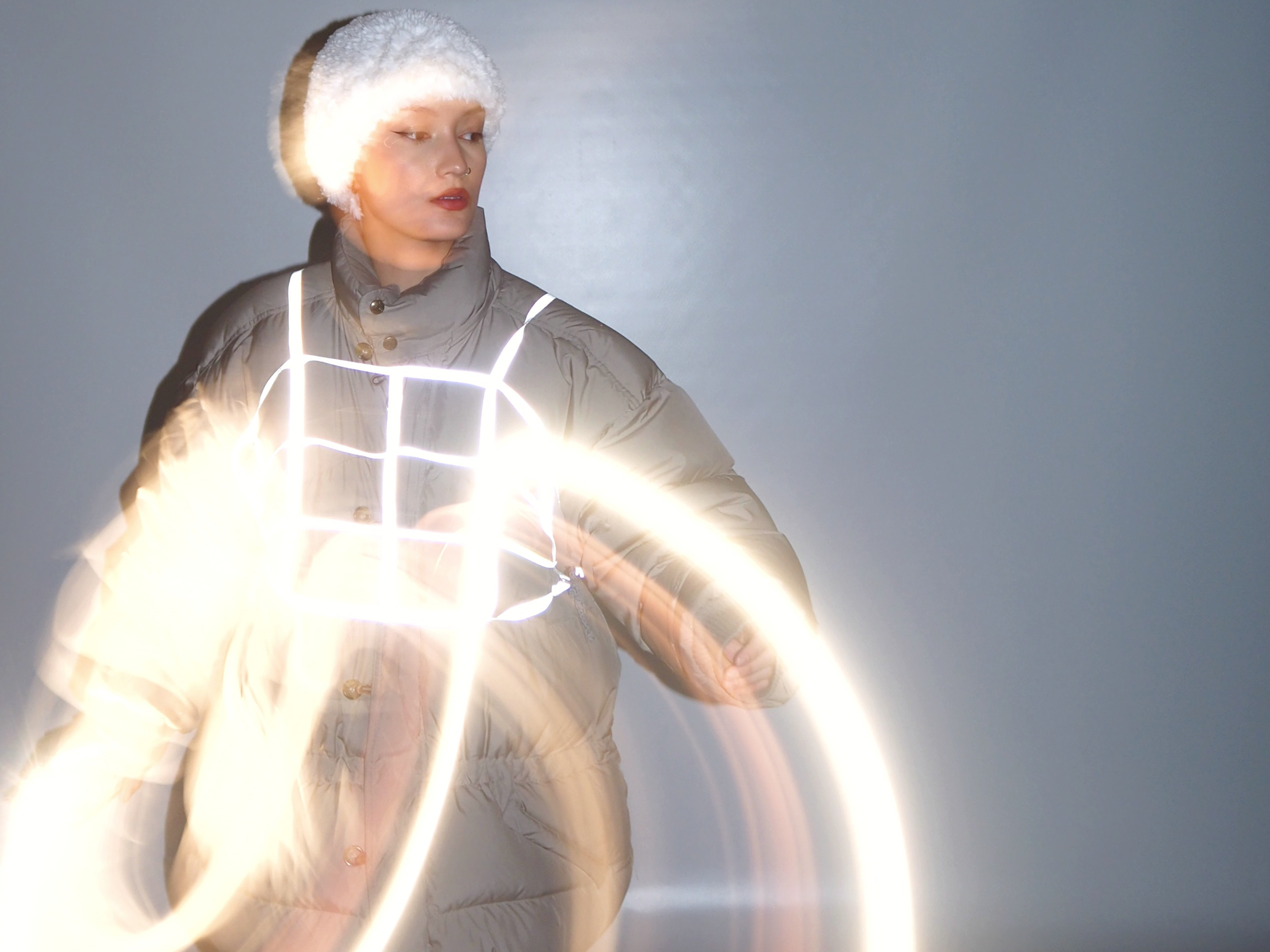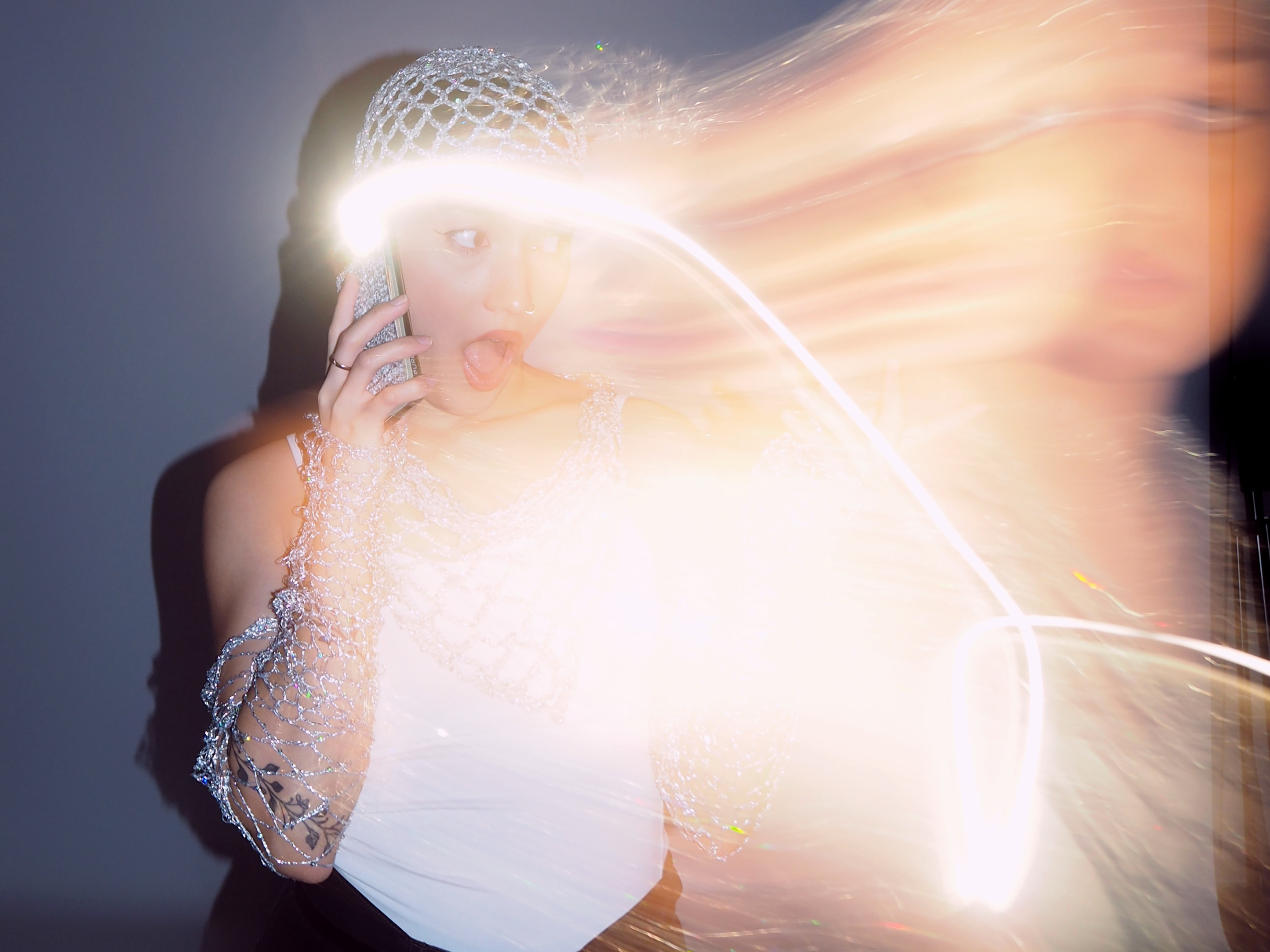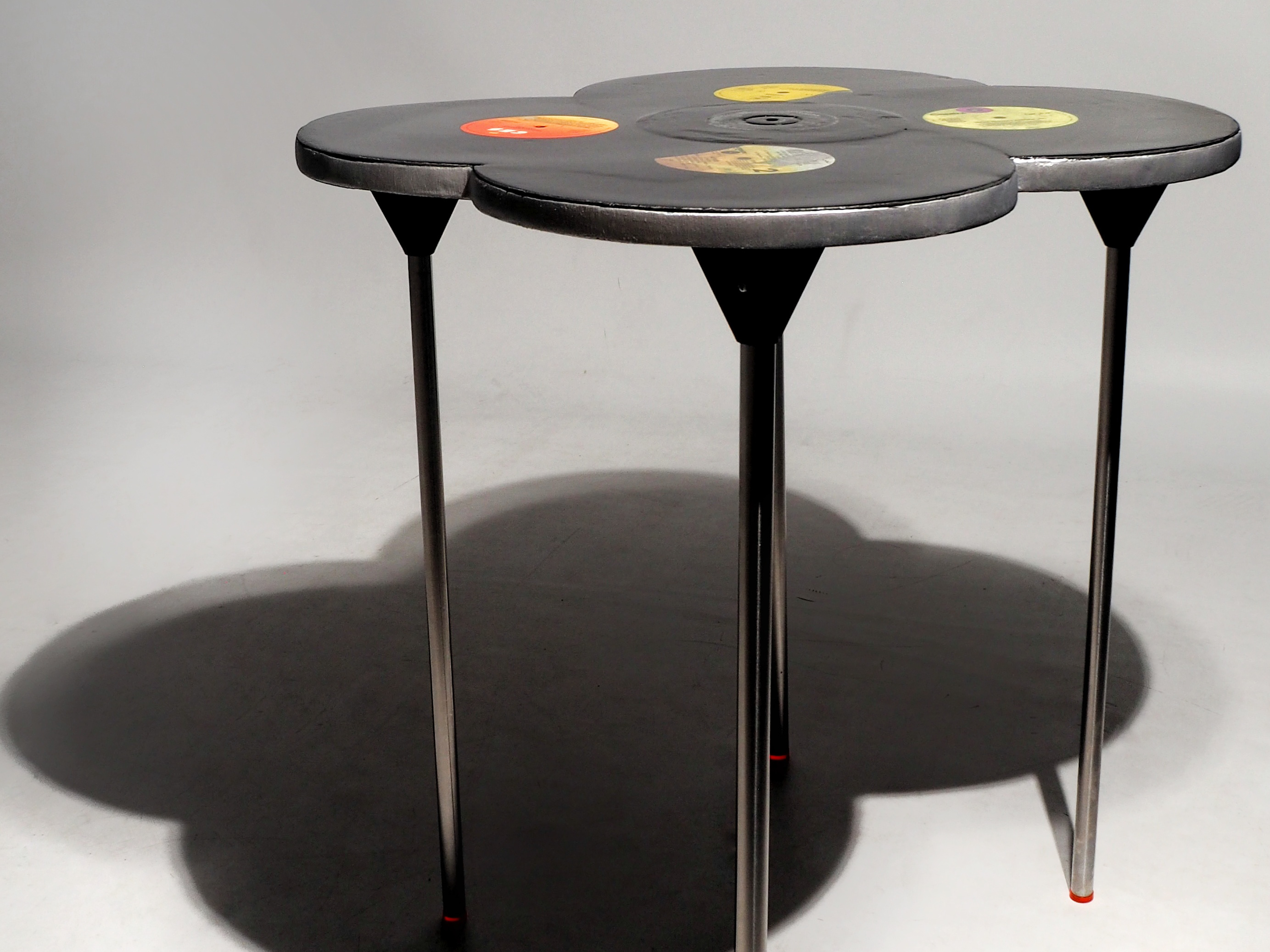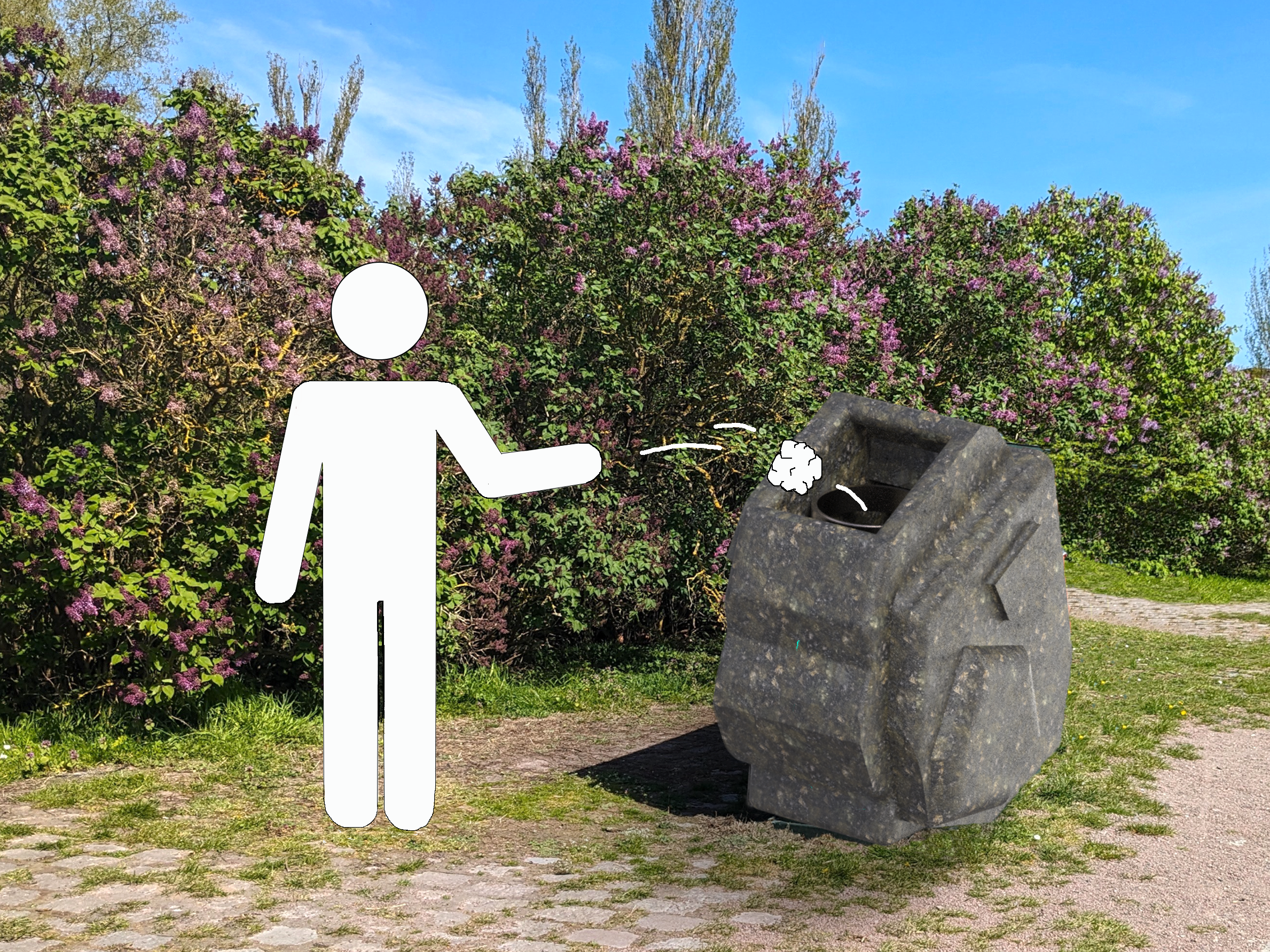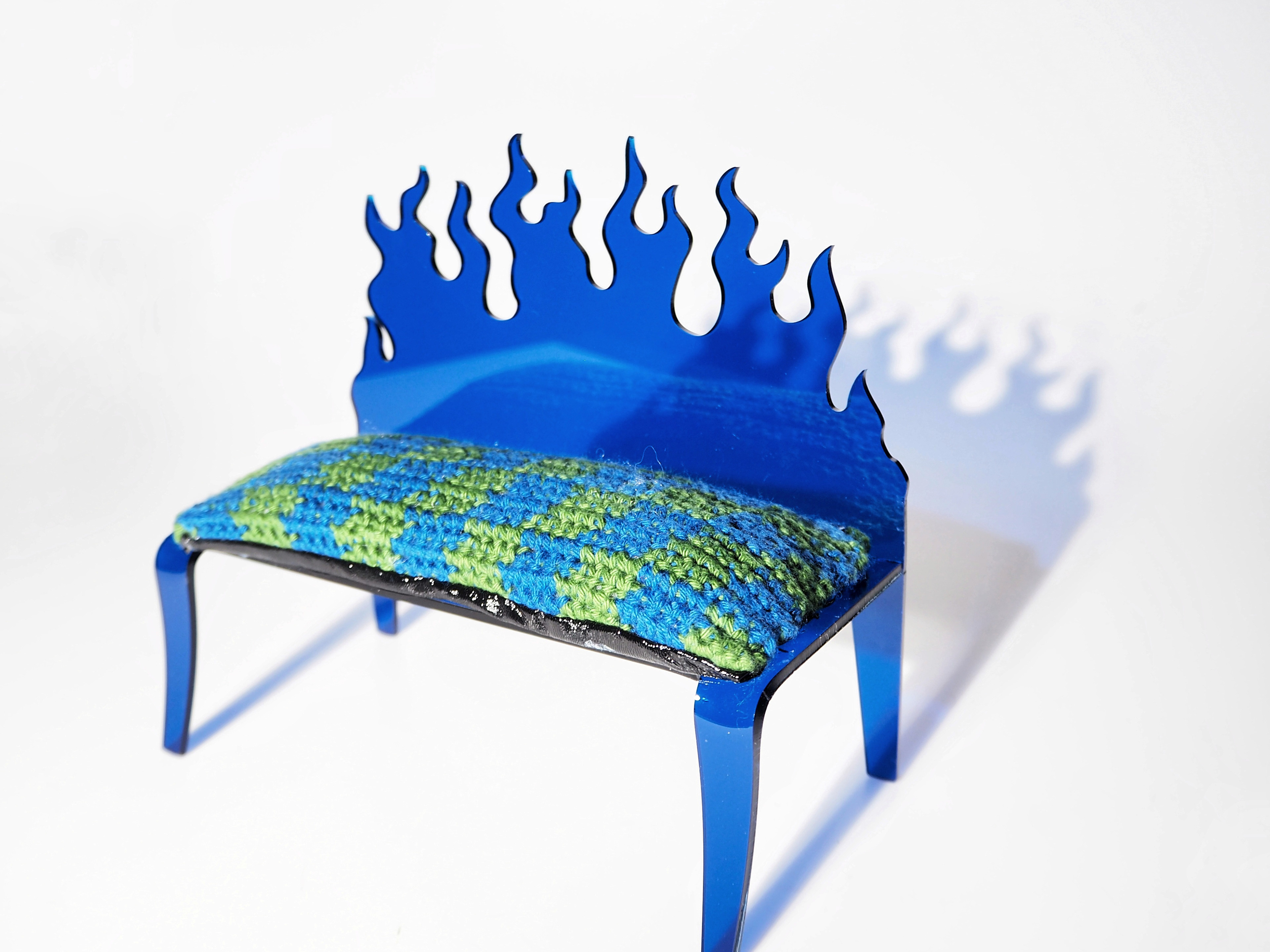

Welcome to my Bachelor thesis project in Product Design!
This project is about sustainable design and how to make something valuable out of waste. Instead of throwing away orange peels, MAGMA was created as a fully biological material.
Material driven design is a method where a designer explores the potential of a material and then designing a suitable product. The characteristics of this material were studied in technical tests before the final product was designed.
Production
1. Collect orange peels
2. Cut & dry
3. Grind to a powder
4. Mix with other ingredients
5. Dry in a mold
6. Biomaterial done!
Tinkering
Many samples were made with different ingredients and combinations. The results were hard, soft, brittle, flexible, fragrant and colorful.
Technical tests
The best looking samples were tested in strength, water resistance, flammability and reaction to other chemicals.
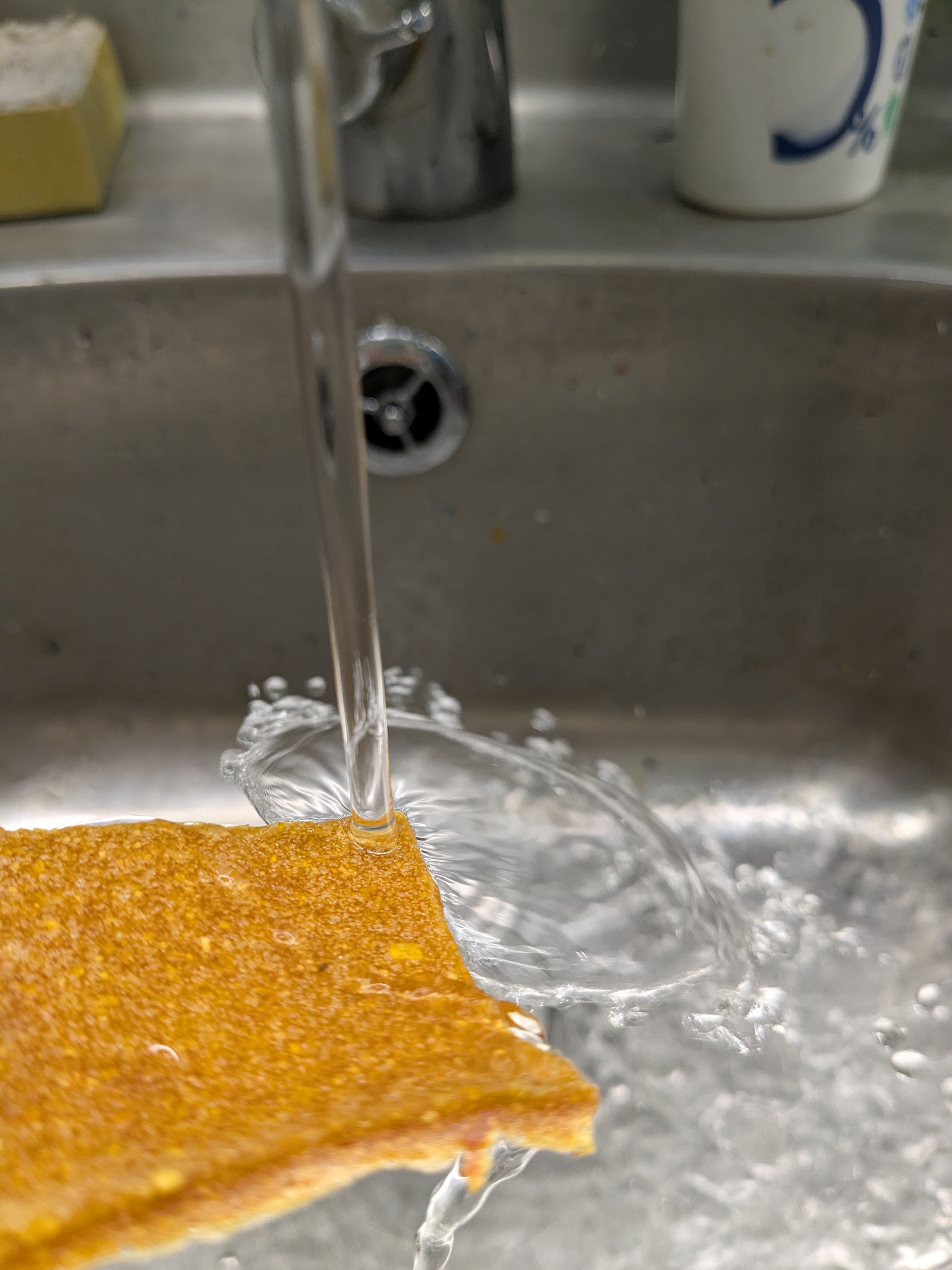
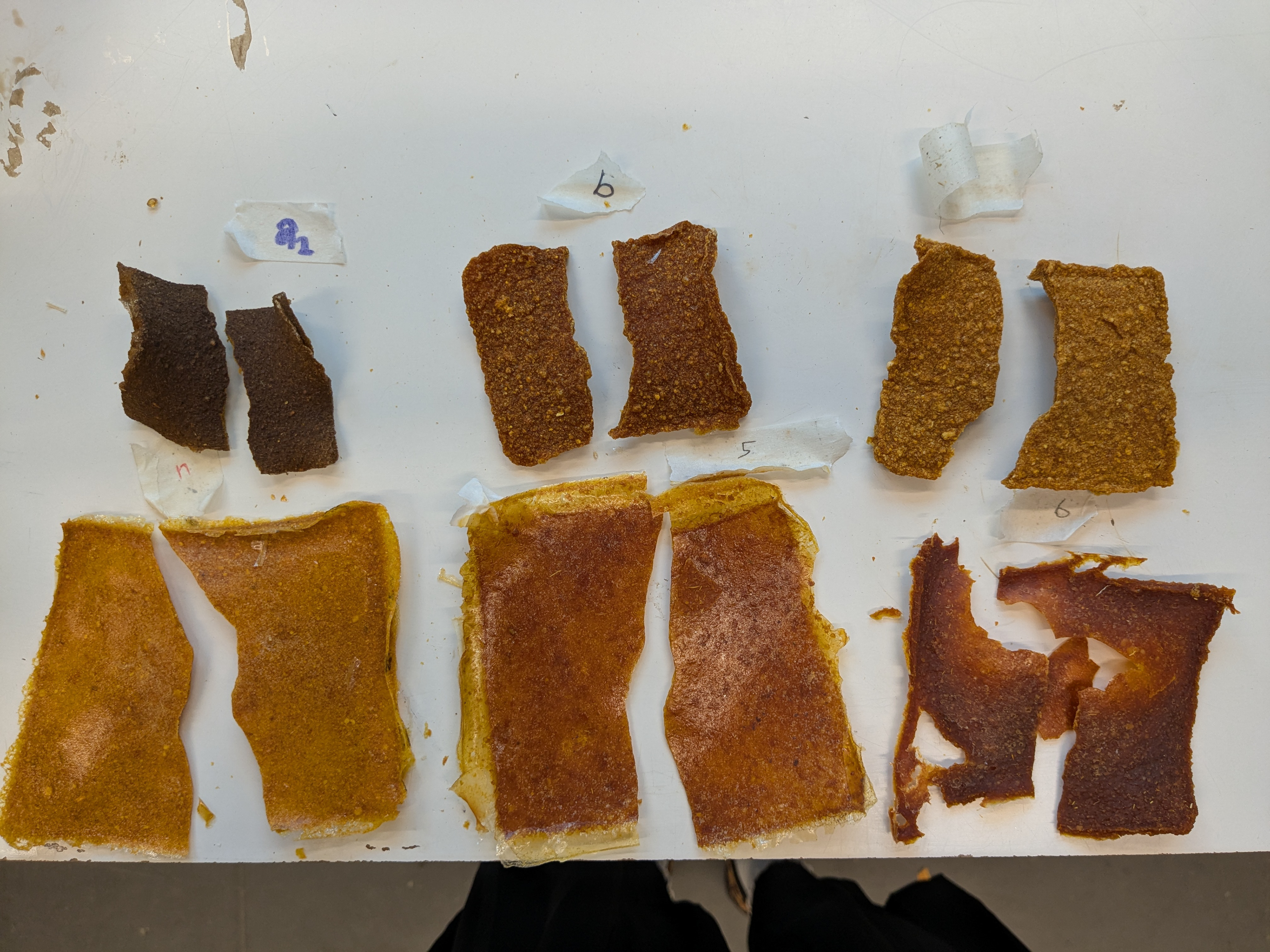
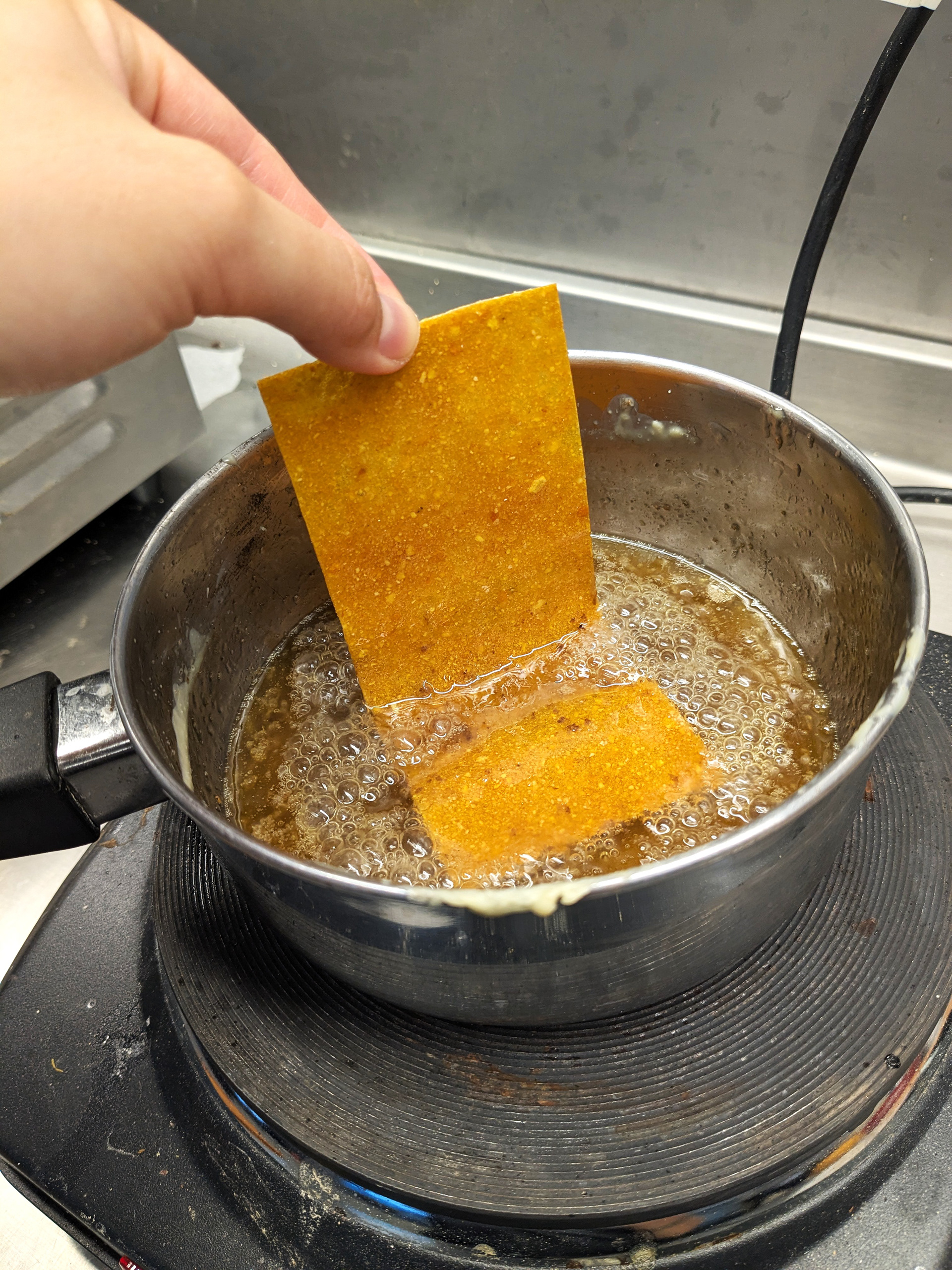
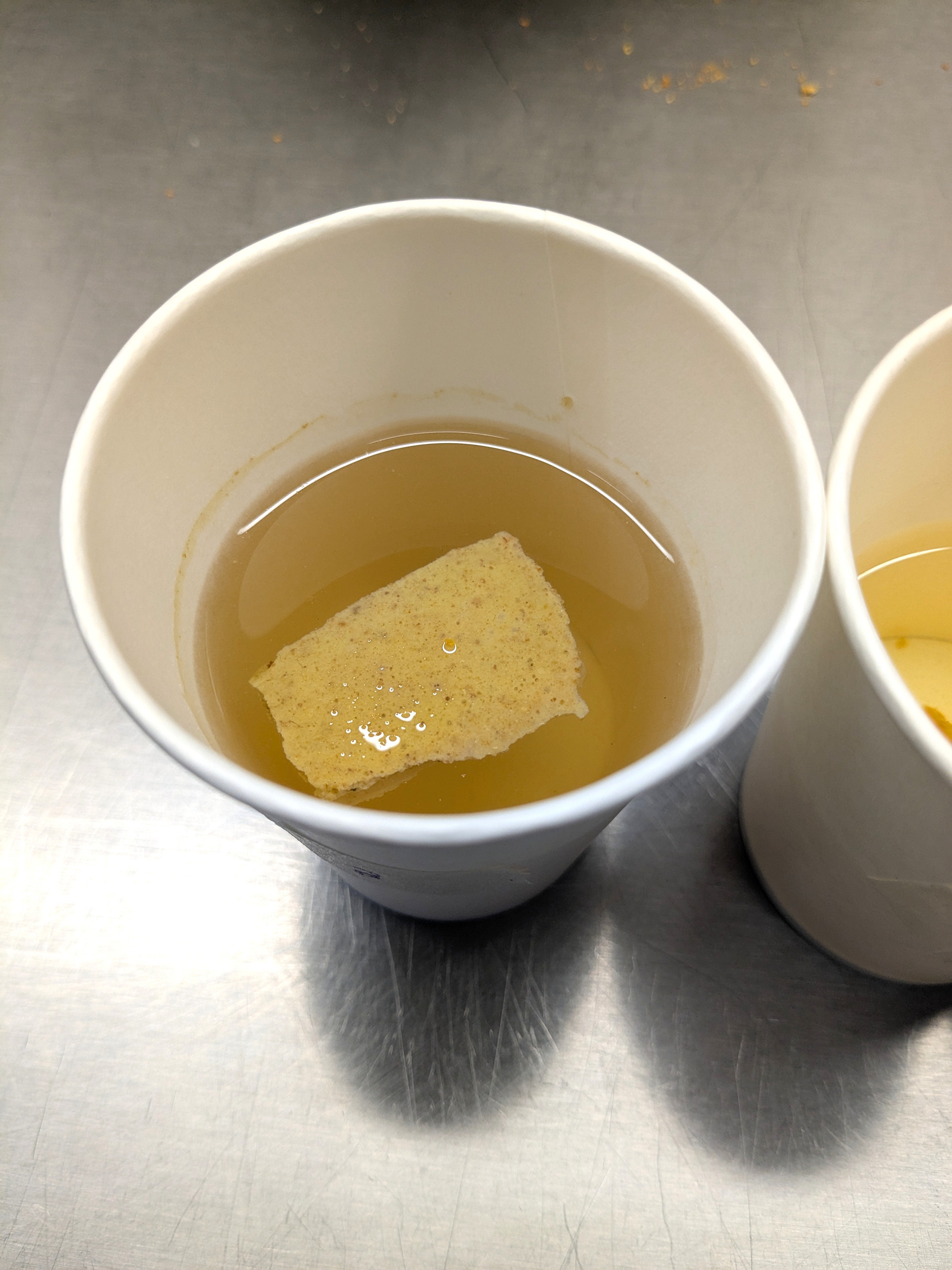
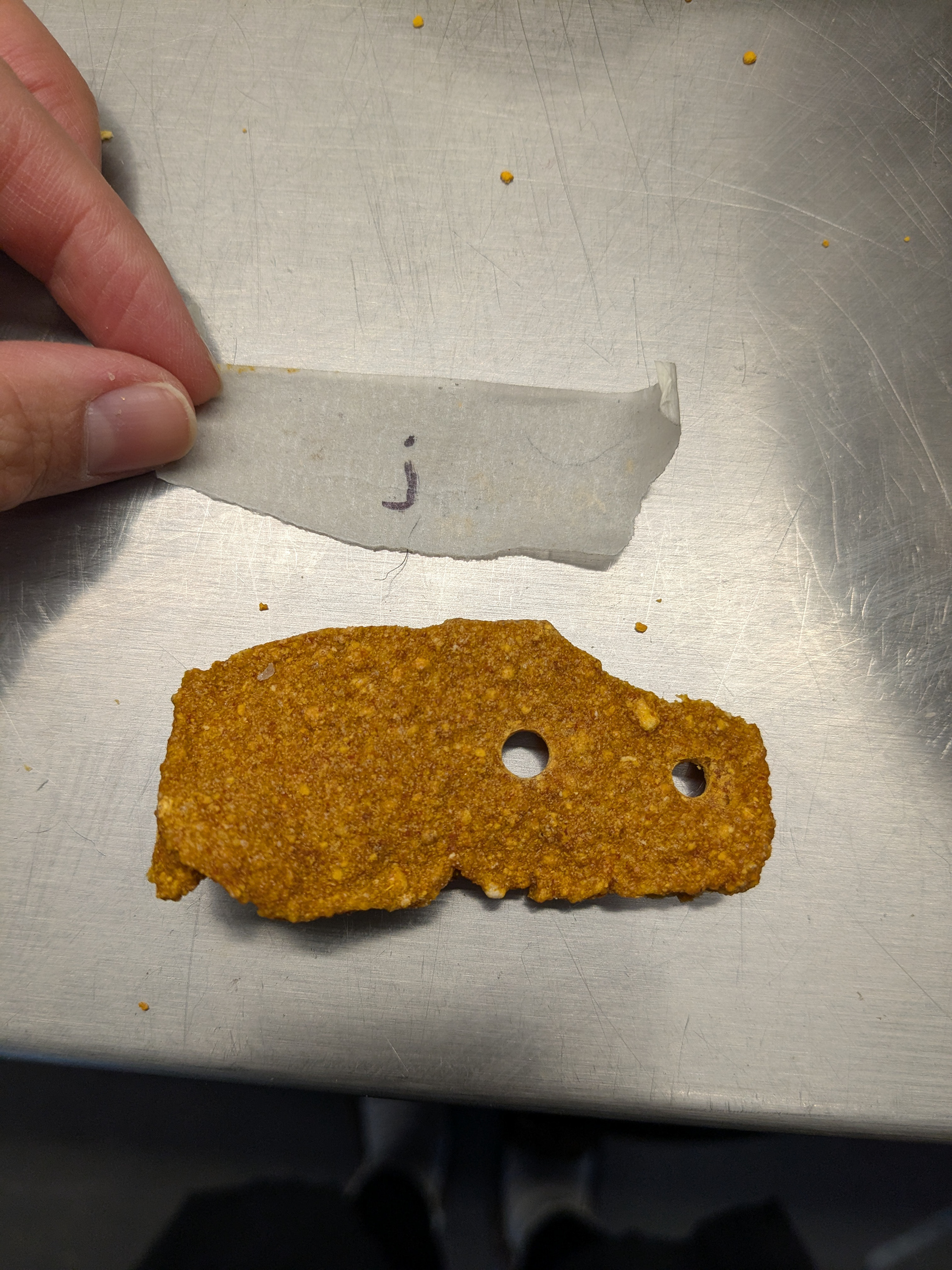

Engravement
The product name, ingredient list and patterns were made with a laser cutter on the final material.


Sketching & Prototyping
Now the fun part begins! What can I make out of this material? Maybe a lamp...
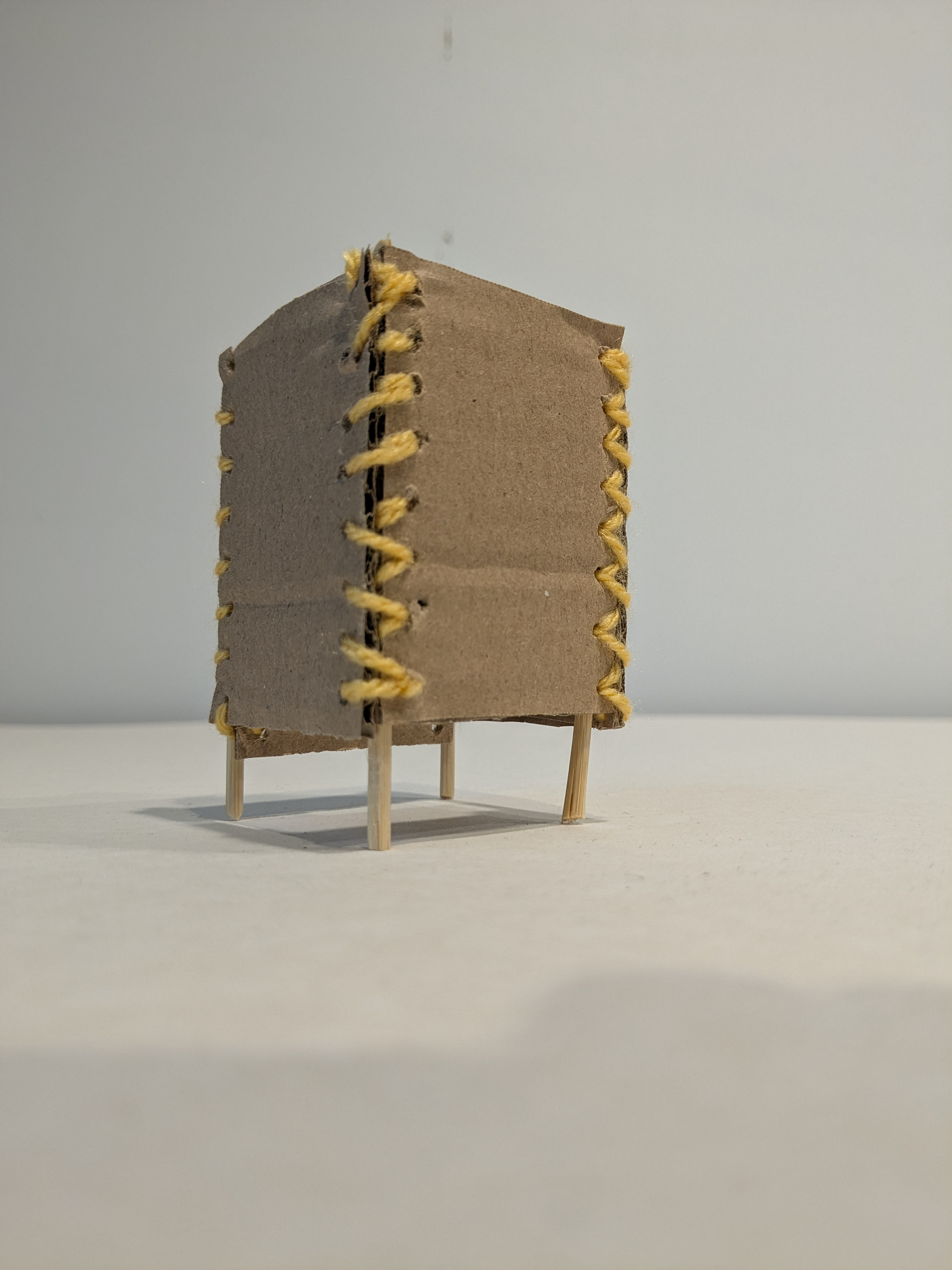
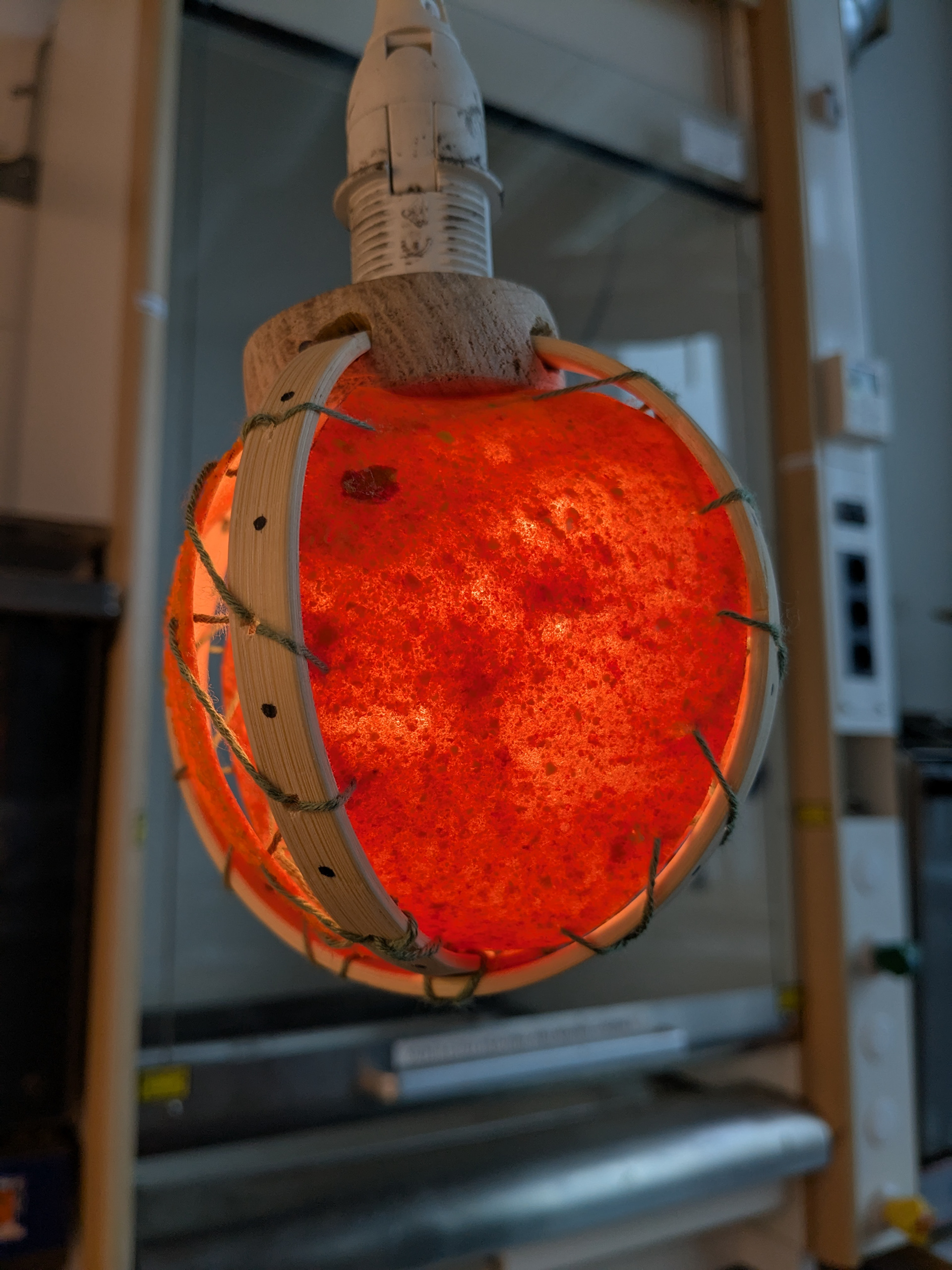
CAD Models
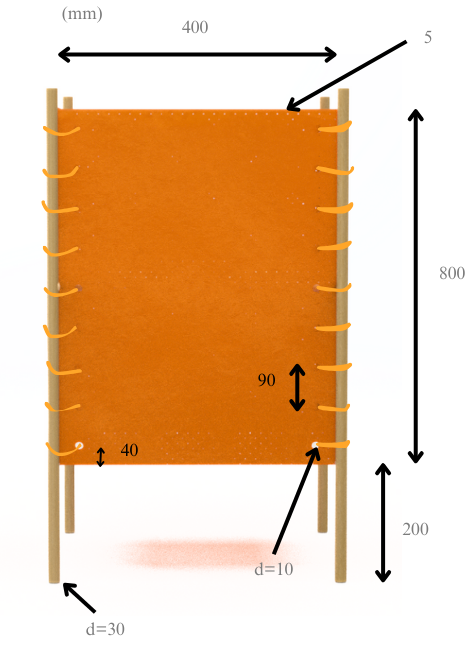
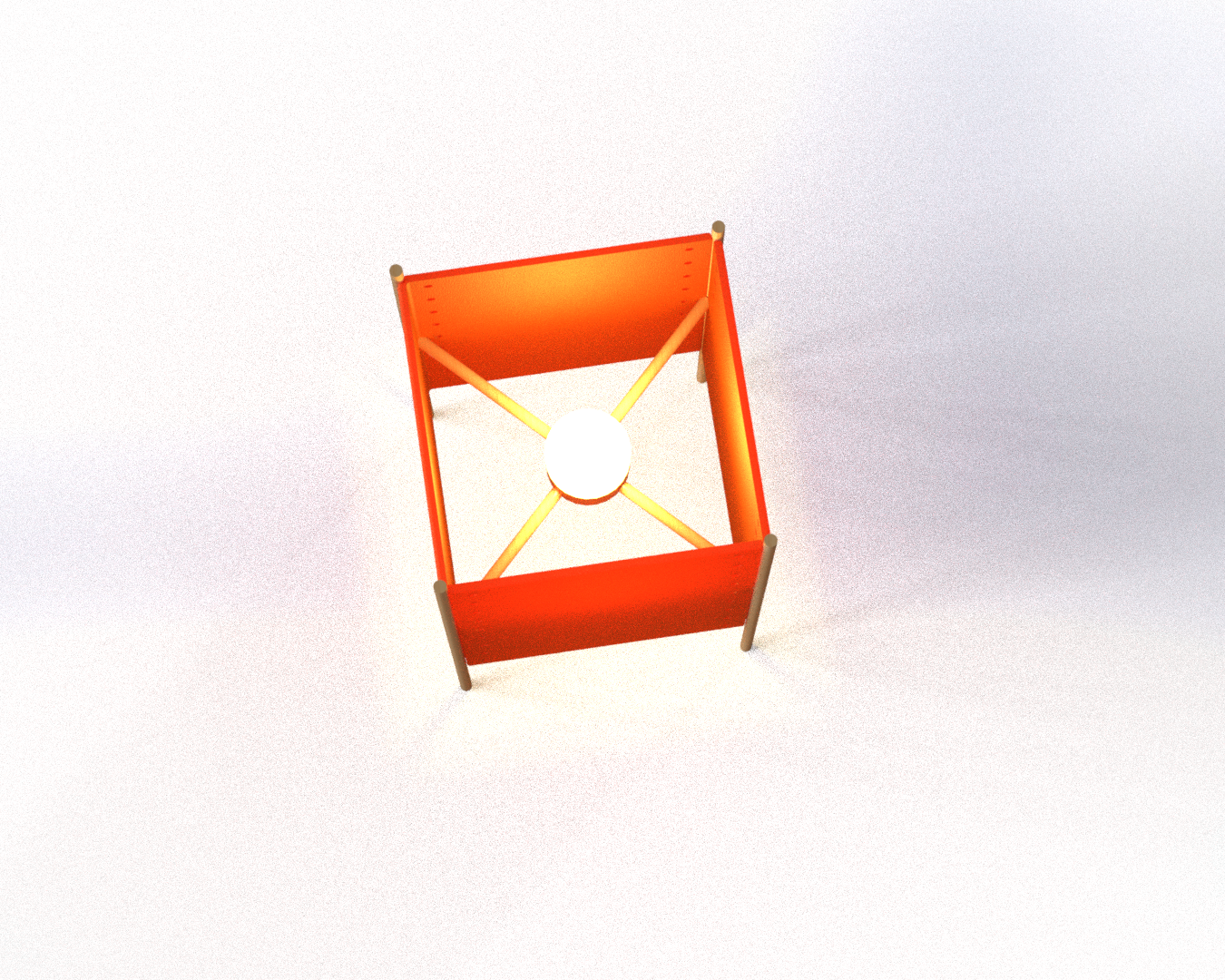
Final Product: MAGMA Lamp
MAGMA Biomaterial attached with yarn on tree branches with a wooden frame. The light bulb rests inside the square with a crocheted cord.
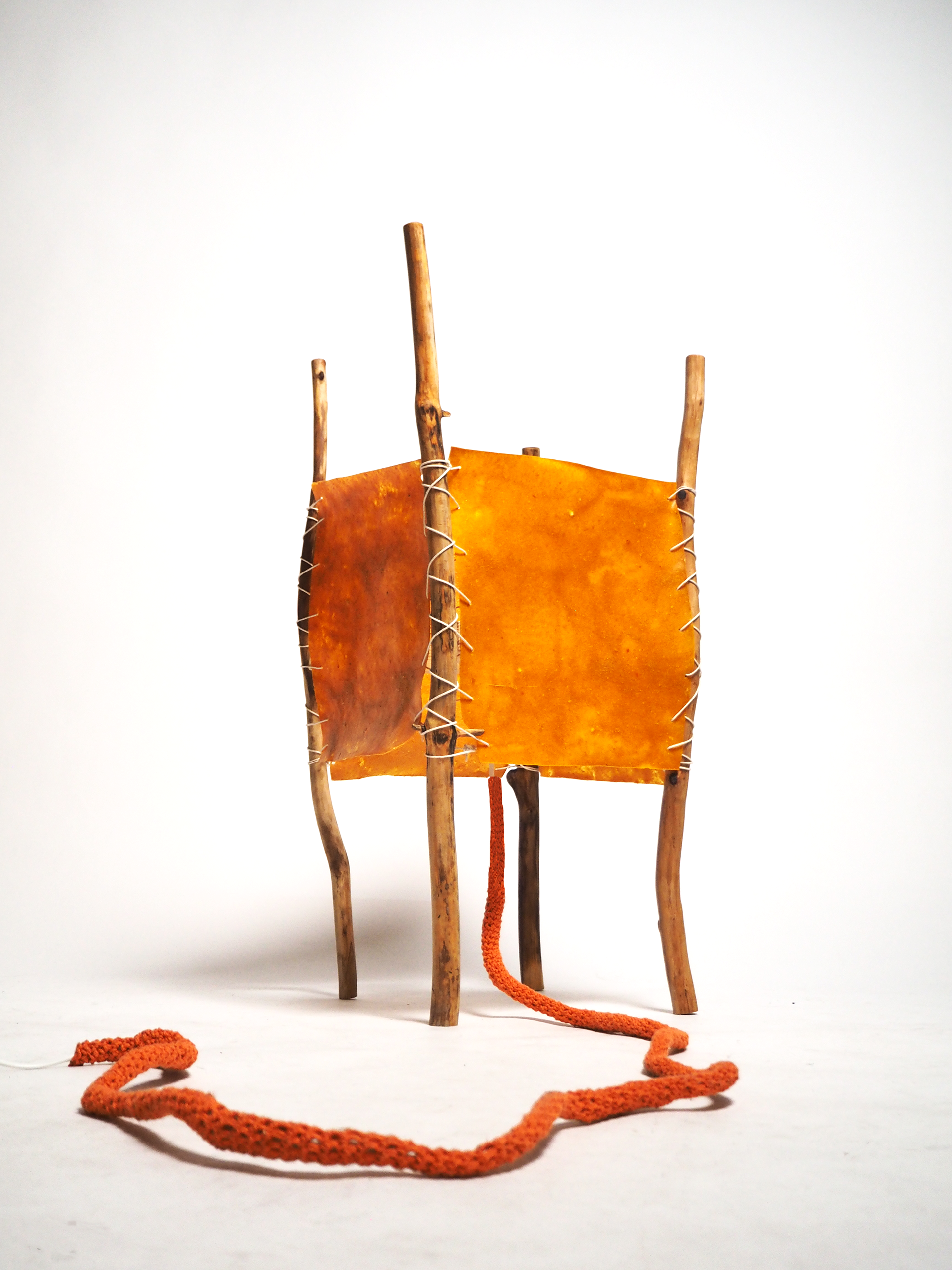




Future Development Proposal
Service Design
A company collects biological waste from juiceries and food waste from grocery stores. The fruit is used for juice making and the waste is used for biomaterial.
Depending on the food flow, a costumer can choose a material based on the season. Maybe a beetroot material in summer and a citrus material in winter.
When the lamp needs new plates the company offers repair, replacement or a completely new set of biomaterials.
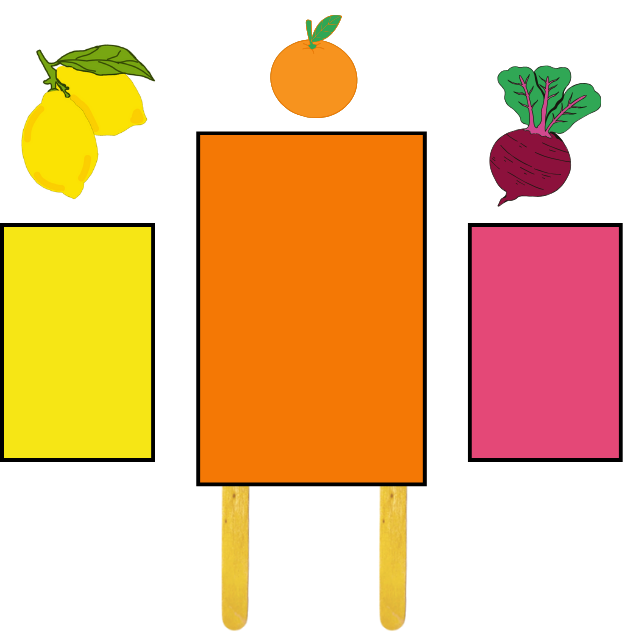
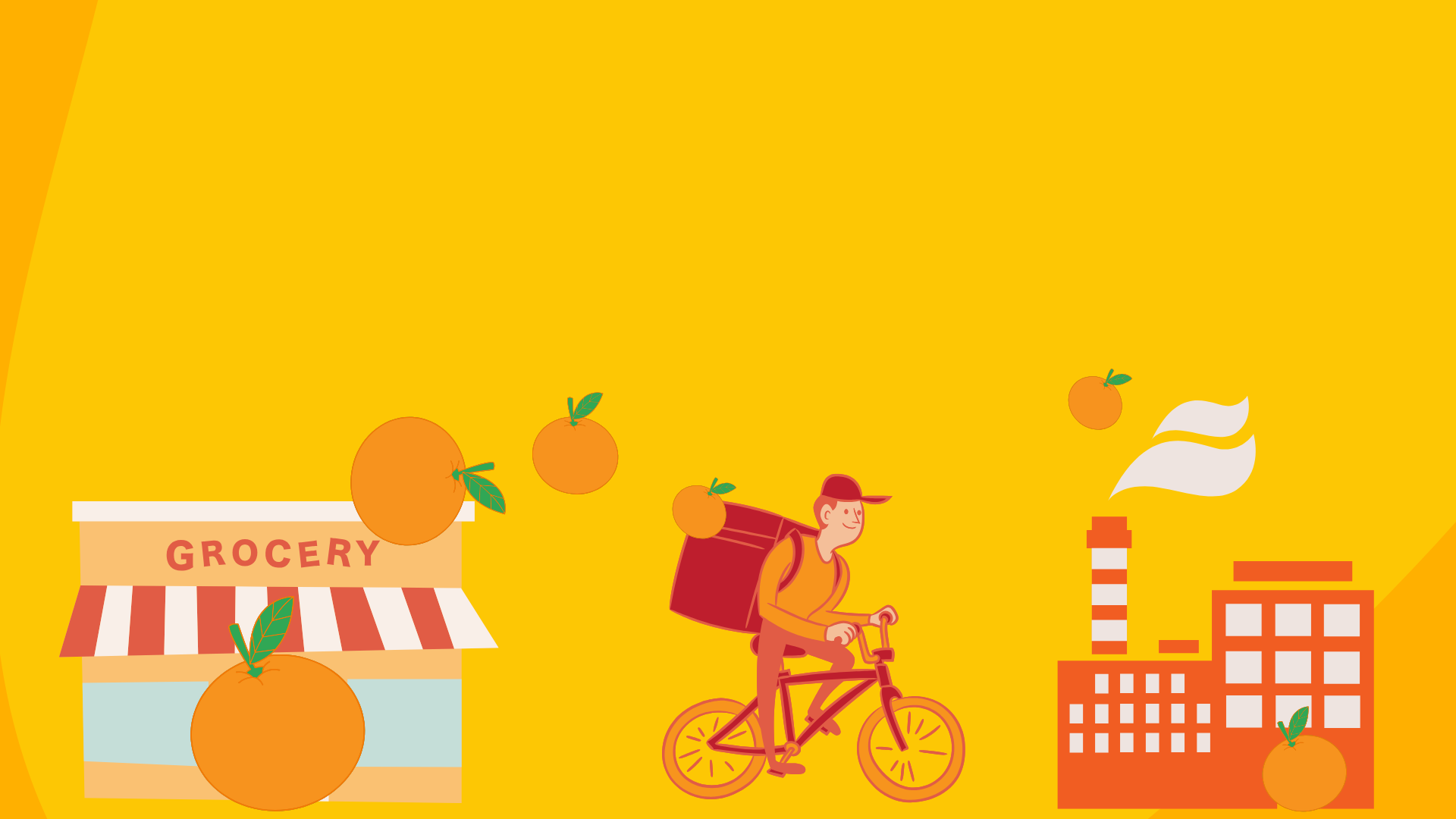
Exhibition at Southern Sweden Design Days 2025
Together with the collective Framtidsform MAGMA Lamp was a part of the exhibition.



